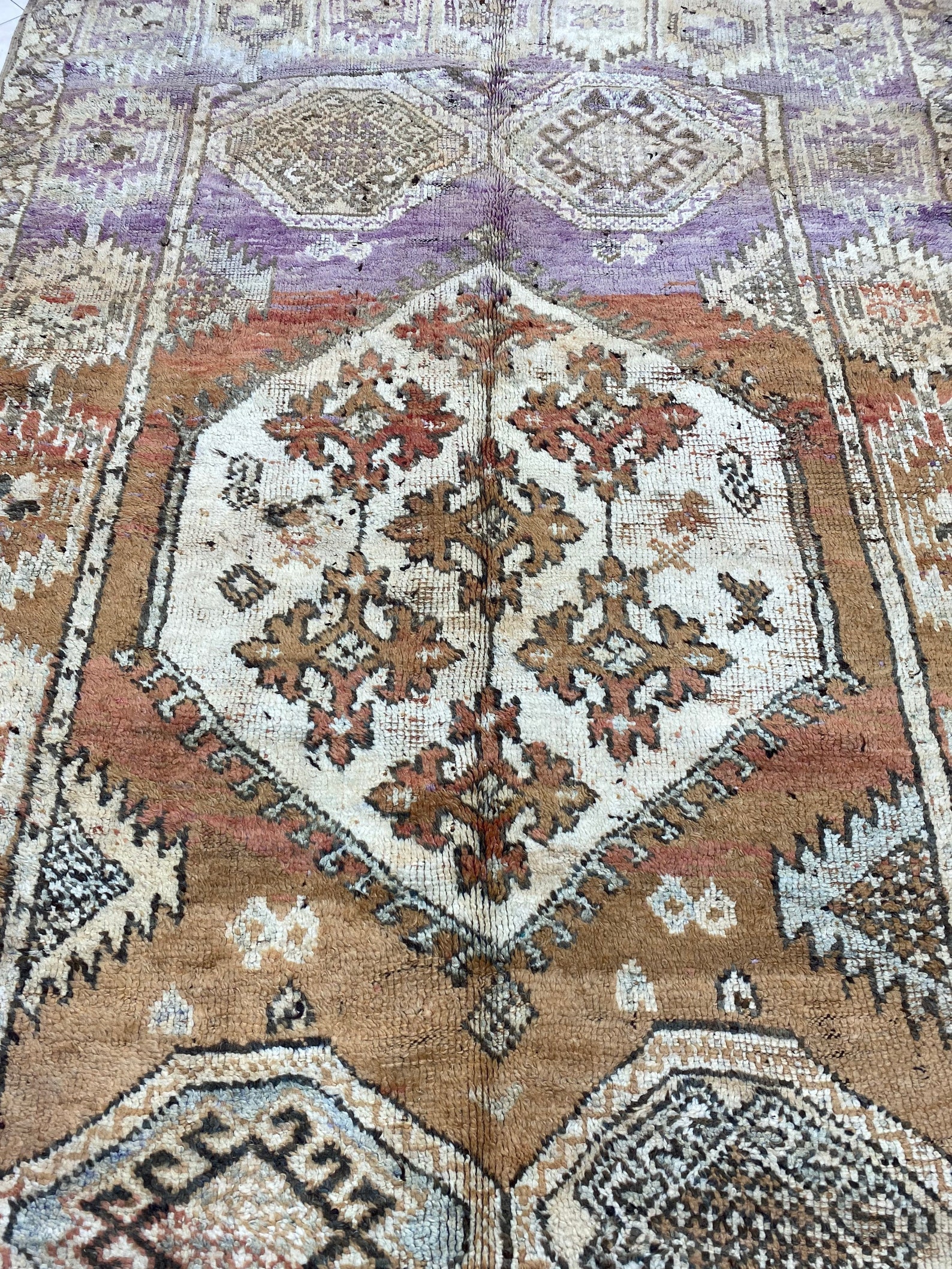Dressing up your abode is a moment to express your personal style and choosing items that align with your values. In the last few years, there has been a rising consciousness of the significance of sustainability in home furnishings. One lovely way to merge beauty with eco-consciousness is through the use of Moroccan rugs. Celebrated for their rich colors and intricate designs, these rugs not only serve as show-stopping highlights in your interior but also come from materials that can be selected with the planet in mind.
When you choose Moroccan rugs, you are embracing a craft that prioritizes artistry and organic materials. Many of these rugs are handmade by skilled artisans using wool gathered from local sheep or cotton produced in eco-friendly environments. This not only uplifts local communities but also minimizes the carbon footprint linked to industrial manufacturing. Let’s explore how you can enhance your living spaces through conscientious decisions that honor both tradition and environmentalism.
Classic Materials and Methods
North African rugs are renowned for their rich textures and vibrant colors, mainly due to the natural materials used in their creation. Historically, these rugs are made from wool sourced from local sheep, which not only provides comfort but also strength. The wool is often left in its natural state, allowing artisans to utilize its gentleness and strength without relying on synthetic additives. This commitment to using local wool ensures that the rugs are not only sustainable but also deeply connected to Moroccan heritage.
In addition to wool, artisans may incorporate eco-friendly dyes derived from plants, minerals, and insects. These dyes create the gorgeous hues that characterize Moroccan rugs, ranging from natural reds and blues to warm ochres and greens. By utilizing these eco-conscious materials, weavers maintain an eco-friendly approach while celebrating the varied flora and fauna of the region. This technique of dyeing reflects a time-honored practice that showcases the artisans' profound understanding of their environment.
The weaving techniques used in creating Moroccan rugs are as varied as the materials themselves. Hand-knotting is a common method, where skilled artisans meticulously tie knots to form detailed patterns and designs. Each rug tells a story, representing the cultural identity and traditions of the community it comes from. This craftsmanship not only highlights the individual artistry of each piece but also emphasizes the importance of preserving these age-old techniques in the face of modern manufacturing.

Sustainable Alternatives
When thinking about Moroccan rugs for your home, choosing eco-friendly materials is crucial to making a responsible choice. Numerous artisans use natural fibers like wool, cotton, and jute, which are both biodegradable but also renewable. Wool, for example, comes from sheep that can be sheared annually, which enables continuous production without harming the animals. By opting for rugs made from these materials, you are promoting a circular economy and reducing your environmental footprint.
In addition to natural fibers, some Moroccan rugs are made from recycled materials. Techniques are evolving, and artisans are now incorporating discarded fabrics and upcycled textiles into their creations. This approach not just minimizes waste but also gives each rug a distinct character, as the mix of colors and textures creates one-of-a-kind designs. By choosing moroccan rugs , you contribute to a more sustainable approach to fashion and home decor.
Lastly, consider the production processes that go into creating Moroccan rugs. Look for rugs that are handmade by local artisans, as these practices often utilize traditional methods that are more eco-friendly to the environment compared to industrial manufacturing. Supporting local craftspeople encourages fair labor practices and preserves cultural heritage, making your choice of rug not only a stylish addition to your home, but a responsible one.
The Impact of Eco-friendly Decisions
Opting for green materials for Moroccan rugs greatly diminishes greenhouse damage. Traditional carpet-weaving practices often utilize natural fibers such as wool, plant fiber, and jute, which are decomposable and require fewer energy to create in contrast to synthetic alternatives. By opting for textiles made from these substances, consumers can contribute to a reduction in pollution and waste associated with commercial textiles, promoting a greener planet.
Additionally, supporting craftspeople who make Moroccan rugs using eco-friendly techniques helps protect heritage traditions and community livelihoods. Many artisans use age-old techniques transmitted through generations, assuring that the craft remains vibrant and economically viable. This commitment to quality not only supports local businesses but also cultivates a more profound relationship between buyers and the stories behind each unique rug.
Ultimately, eco-friendly choices improve the overall aesthetic and quality of living decor. Moroccan textiles, made from eco-friendly materials, often feature vivid textures and vibrant, organic colors that bring comfort and personality to living spaces. By investing in these ethical items, homeowners not only improve their decor design but also encourage a more green lifestyle that cherishes artistry and environmental responsibility.
